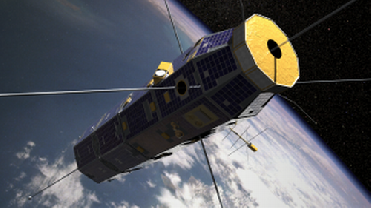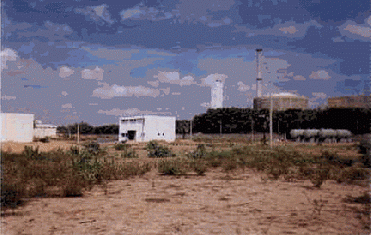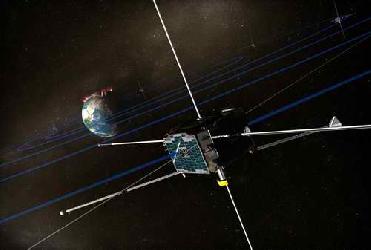
The CINDI instrument aboard the C/NOFS satellite gives scientists a new tool for forecasting space weather. Photo credit: NASA
WASHINGTON (BNS): The boundary between Earth's upper atmosphere and space has moved to extraordinarily low altitudes.
This has been observed by the Coupled Ion Neutral Dynamics Investigation (CINDI) instrument suite which was launched aboard the US Air Force's Communication/Navigation Outage Forecast System (C/NOFS) satellite on April 16, 2008.
The CINDI and C/NOFS were designed to study disturbances in Earth's ionosphere that could result in disruption of navigation and communication signals.
The ionosphere is a gaseous envelope of electrically charged particles that surrounds our planet and is important because radar, radio waves, and global positioning system signals can be disrupted by ionospheric disturbances.
NASA said CINDI's first discovery was, however, that the ionosphere was not where it had been expected to be. "During the first months of CINDI operations, the transition between the ionosphere and space was found to be at about 260 miles (420 km) altitude during the night time, barely rising above 500 miles (800 km) during the day. These altitudes were extraordinarily low compared with the more typical values of 400 miles (640 km) during the night time and 600 miles (960 km) during the day.�
Giving details about the instruments, NASA said the CINDI suite was built under the direction of Principal Investigator Rod Heelis of the University of Texas at Dallas. The CINDI suite includes both ion and neutral sensors and makes measurements of variations in neutral and ion densities and drifts.
Mission managers at NASA said that the height of the ionosphere/space transition is controlled in part by the amount of extreme ultraviolet energy emitted by the Sun and a somewhat contracted ionosphere could have been expected because C/NOFS was launched during a minimum in the 11-year cycle of solar activity.
"However, the size of the actual contraction caught investigators by surprise. In fact, when they looked back over records of solar activity, they found that C/NOFS had been launched during the quietest solar minimum since the space age began," the NASA scientists said.
This extraordinary circumstance is providing an unparalleled opportunity to study the connection between the interior dynamics of the Sun and the response of the Earth's space environment.
 Previous Article
Previous Article Next Article
Next Article












The Indian Air Force, in its flight trials evaluation report submitted before the Defence Ministry l..
view articleAn insight into the Medium Multi-Role Combat Aircraft competition...
view articleSky enthusiasts can now spot the International Space Station (ISS) commanded by Indian-American astr..
view article